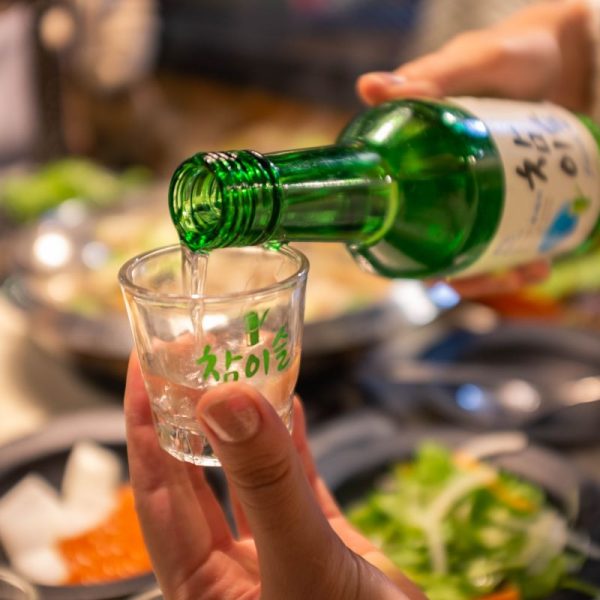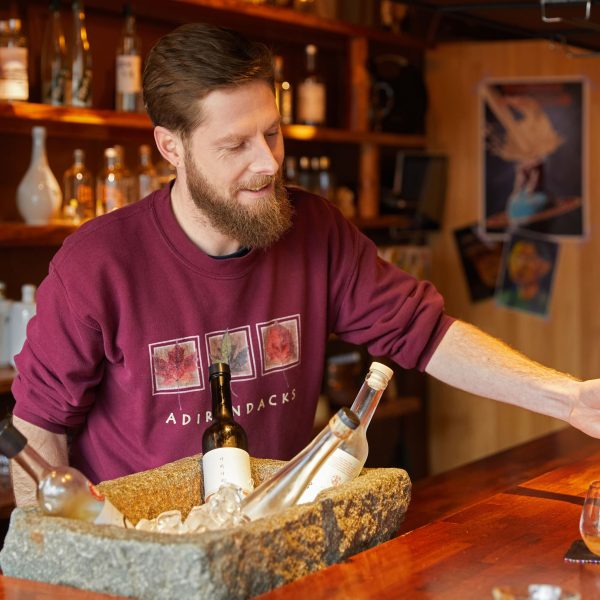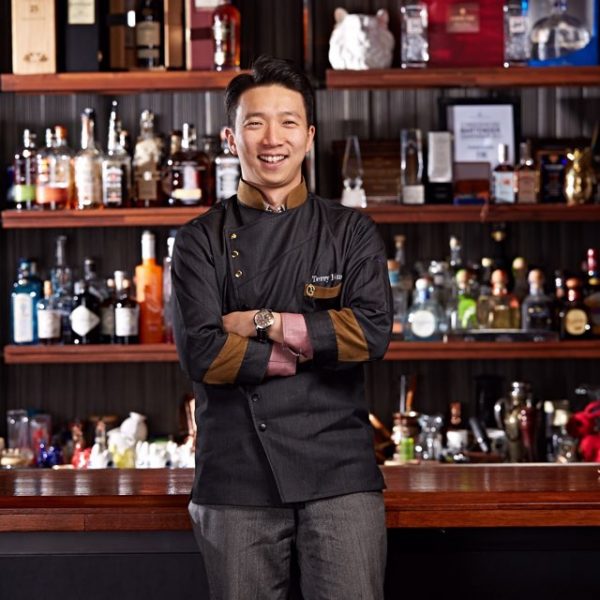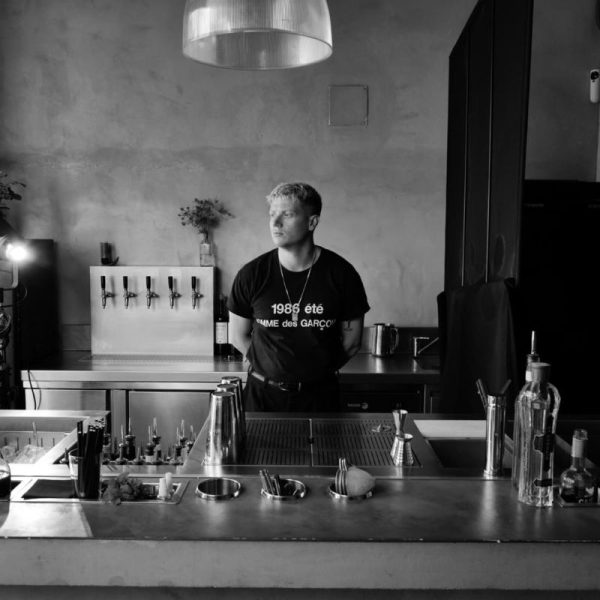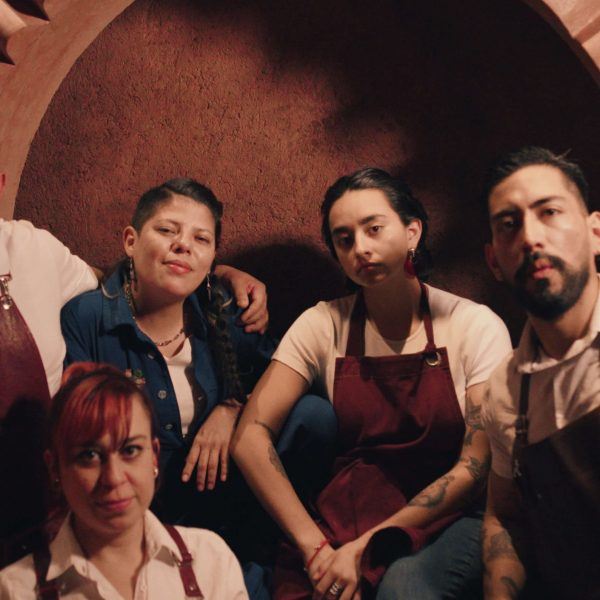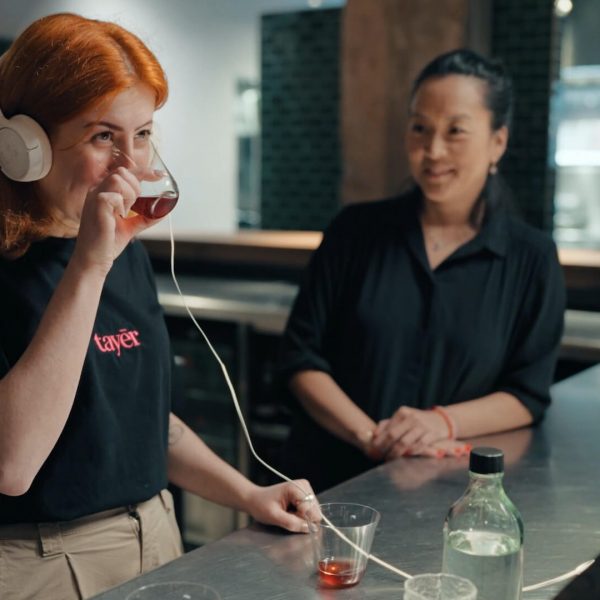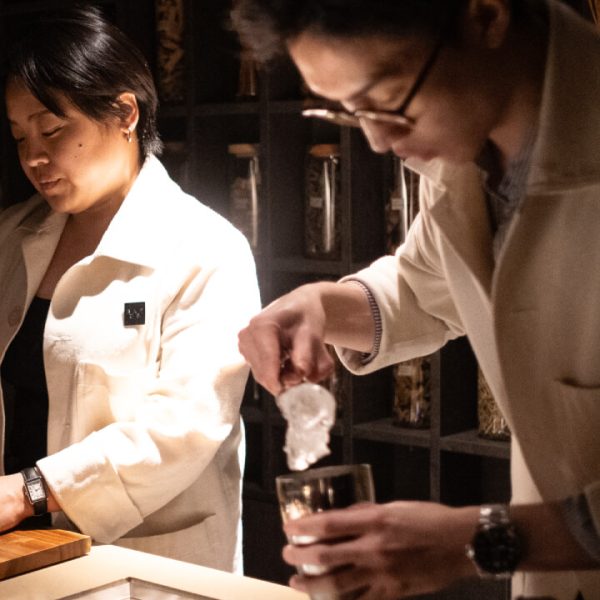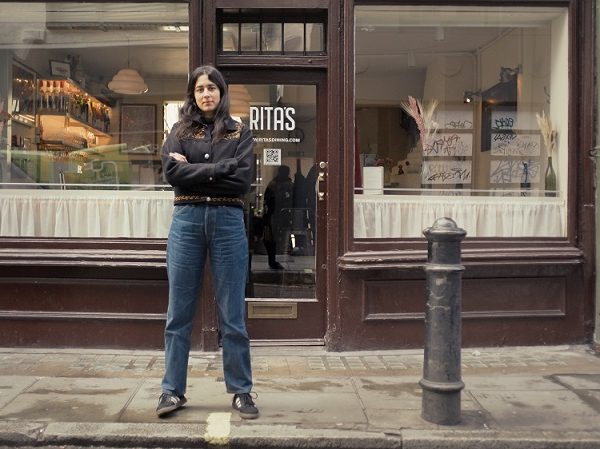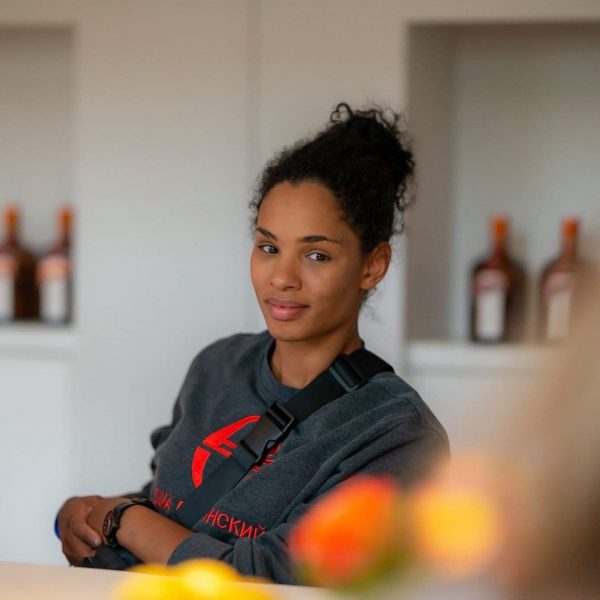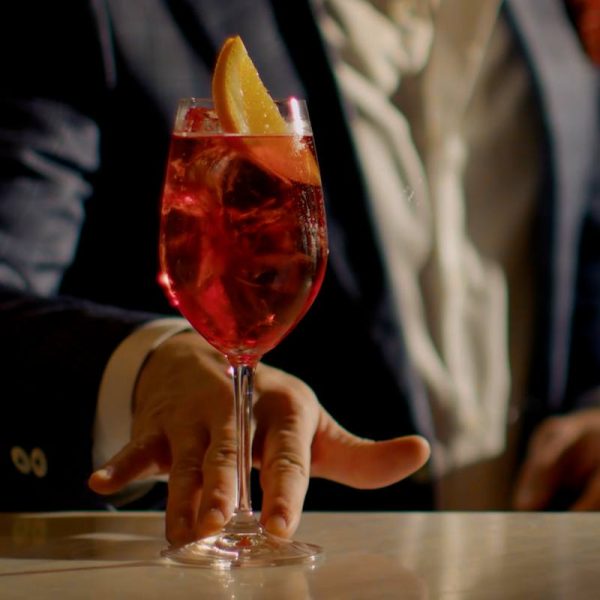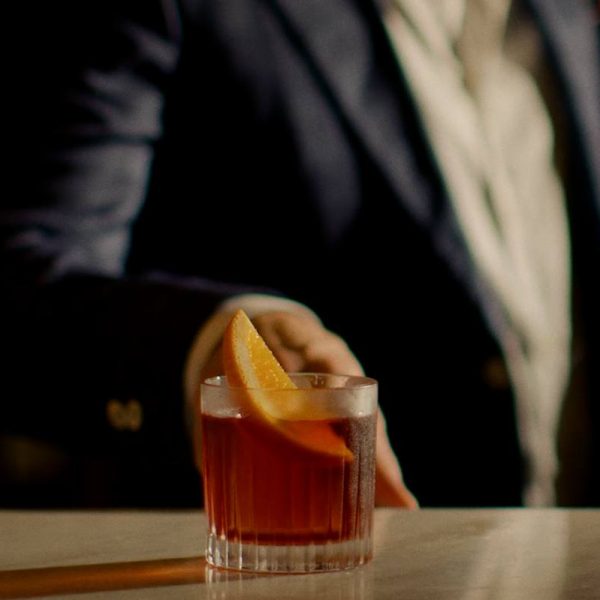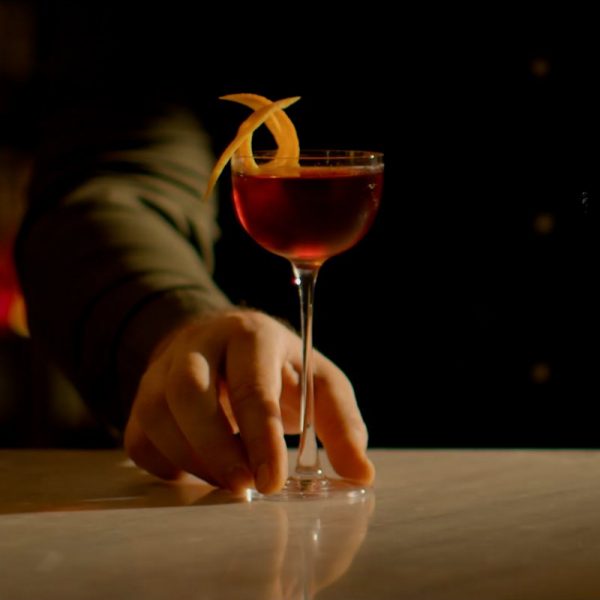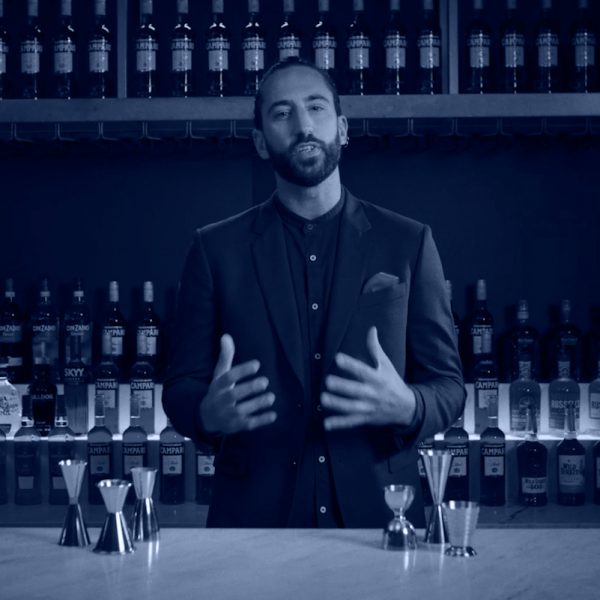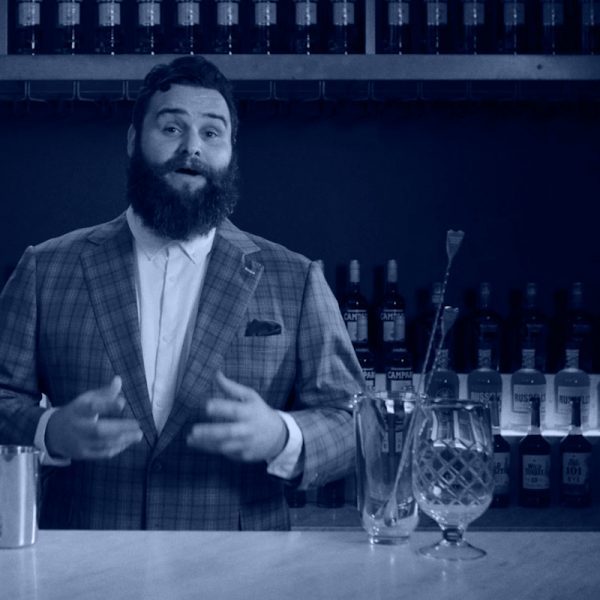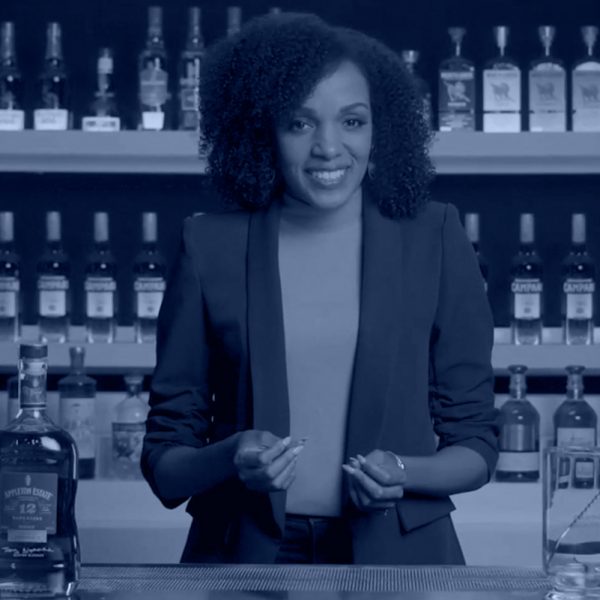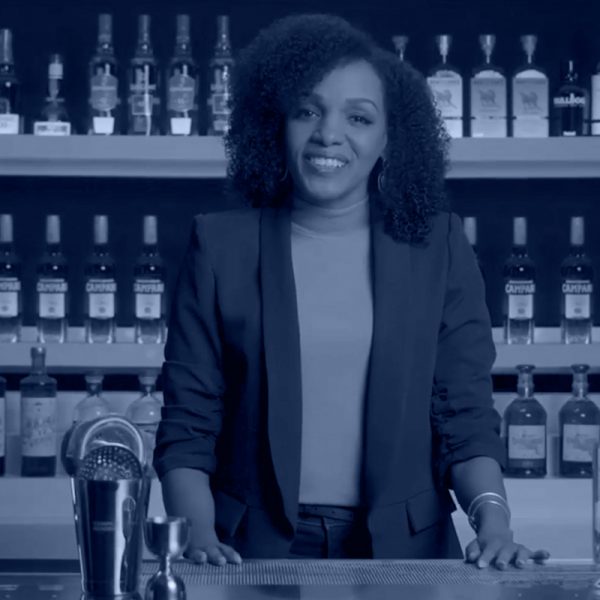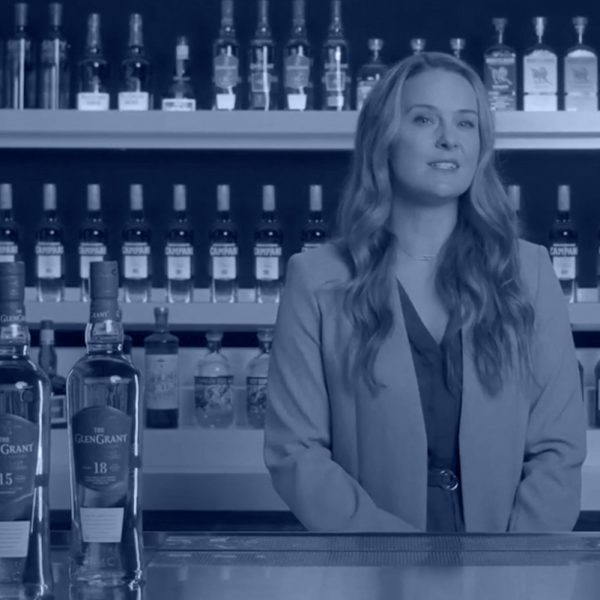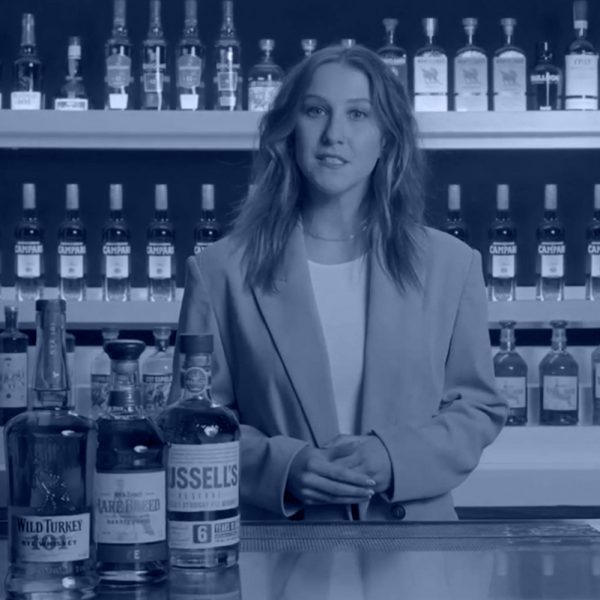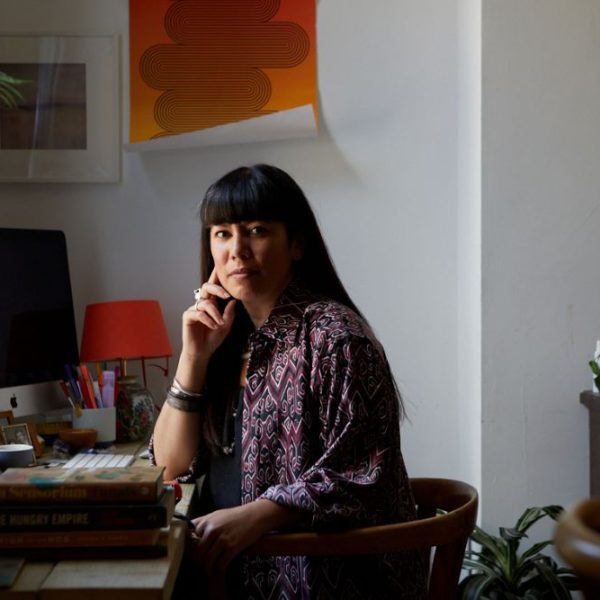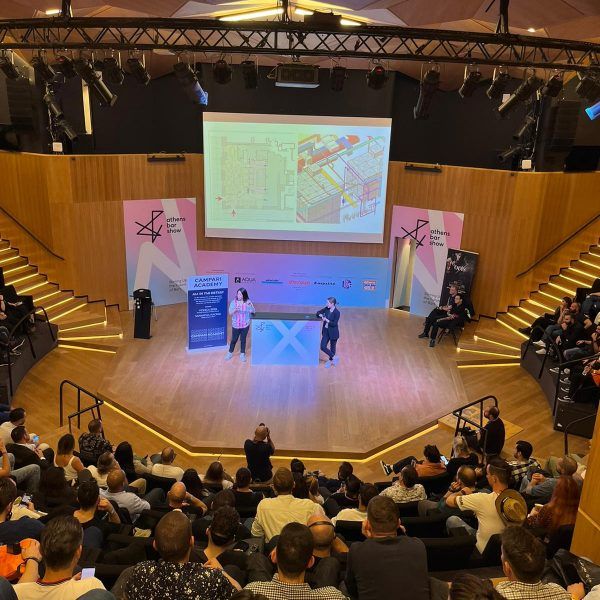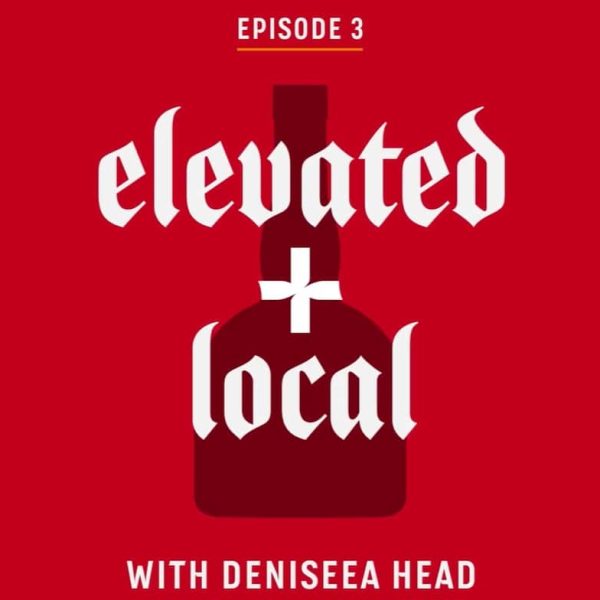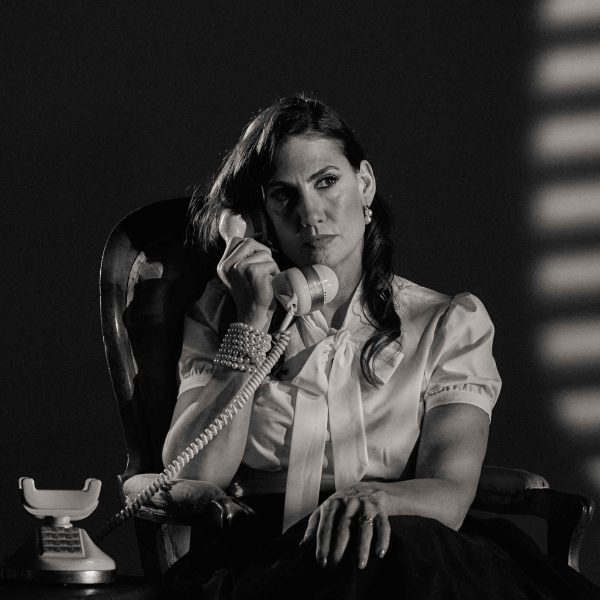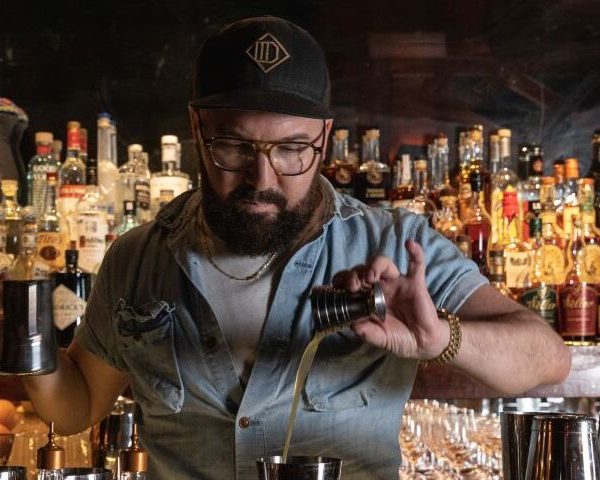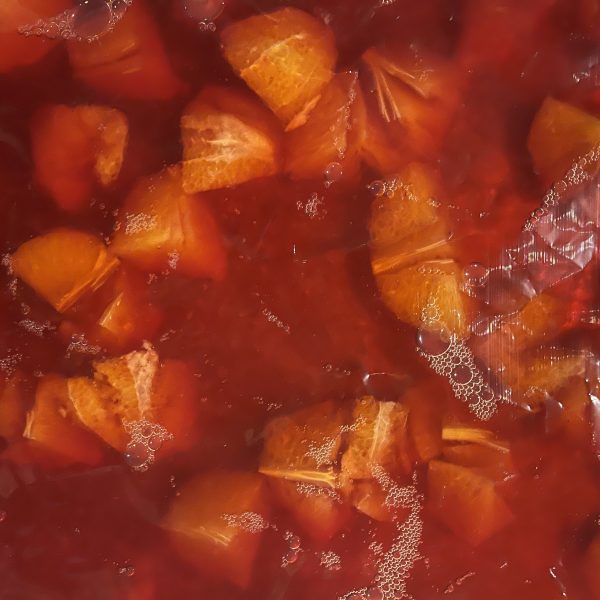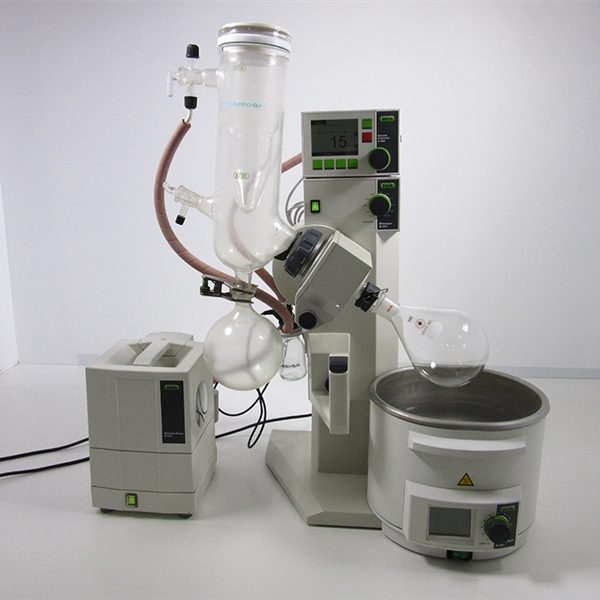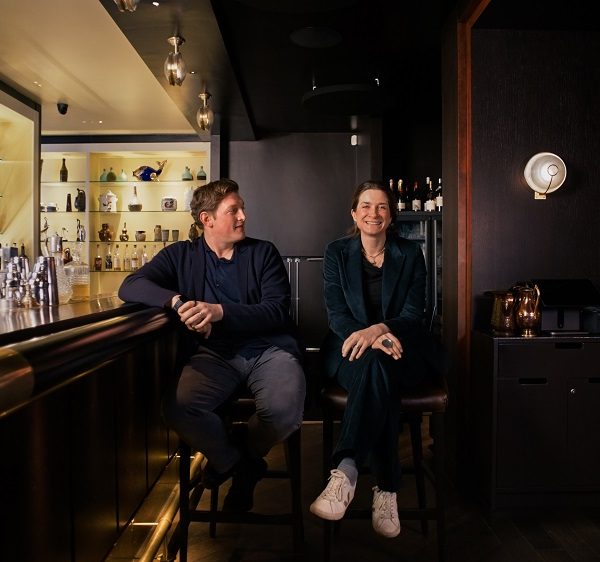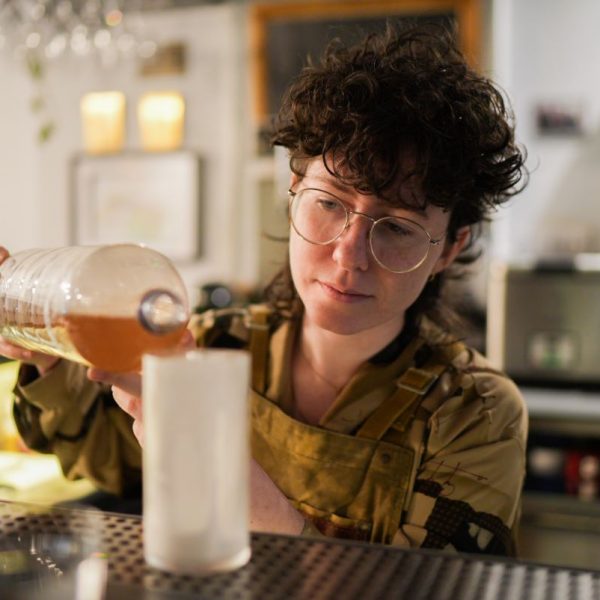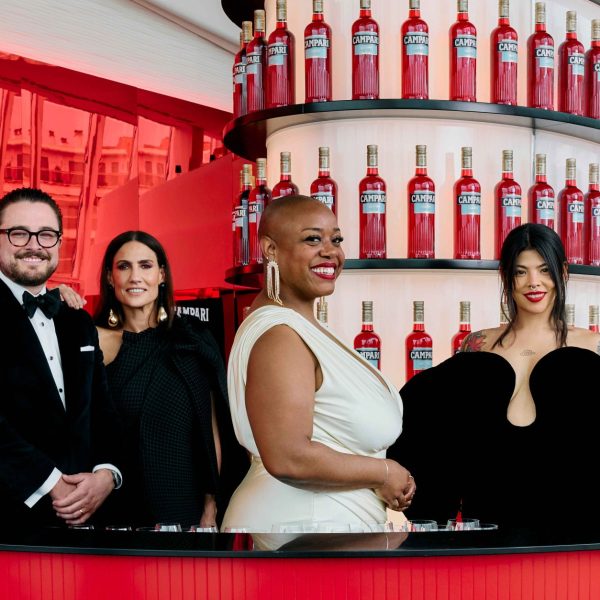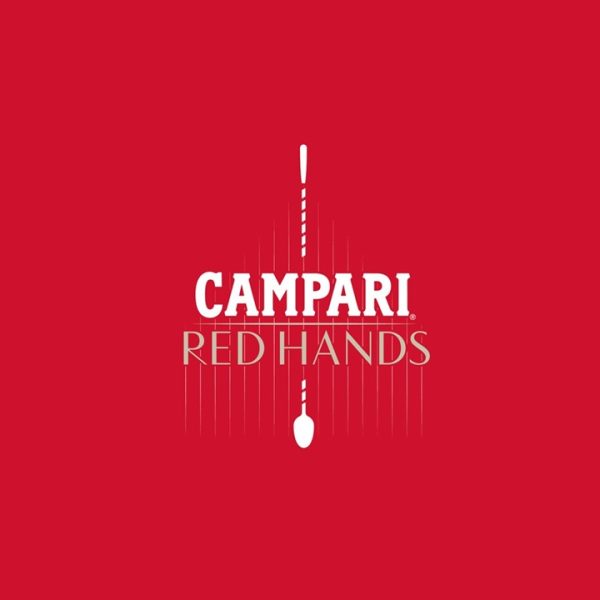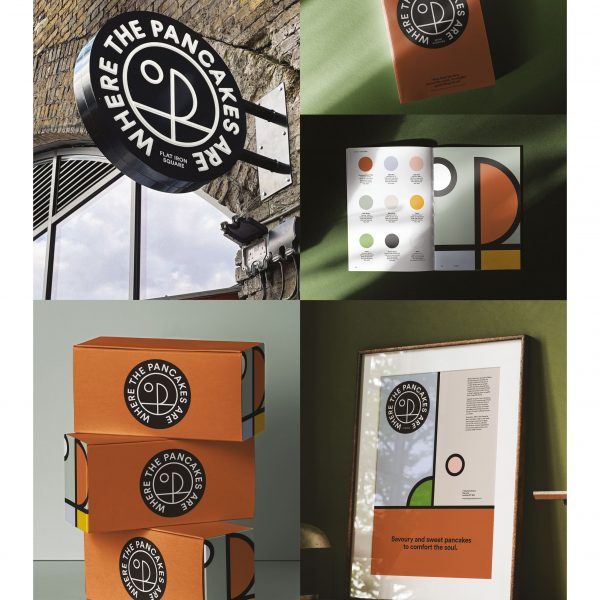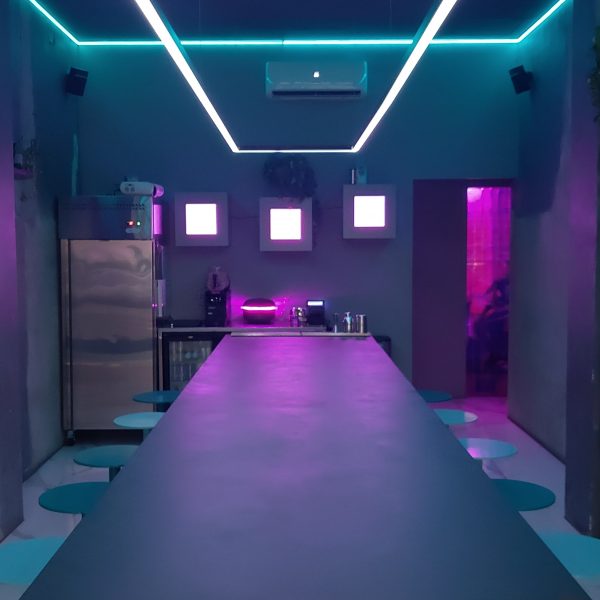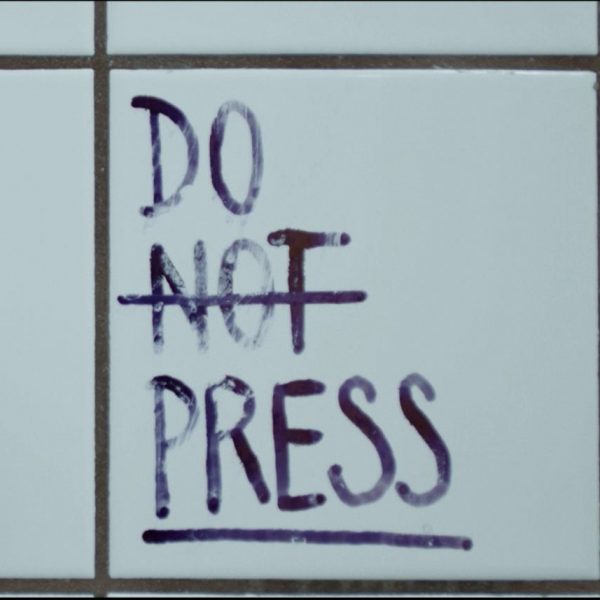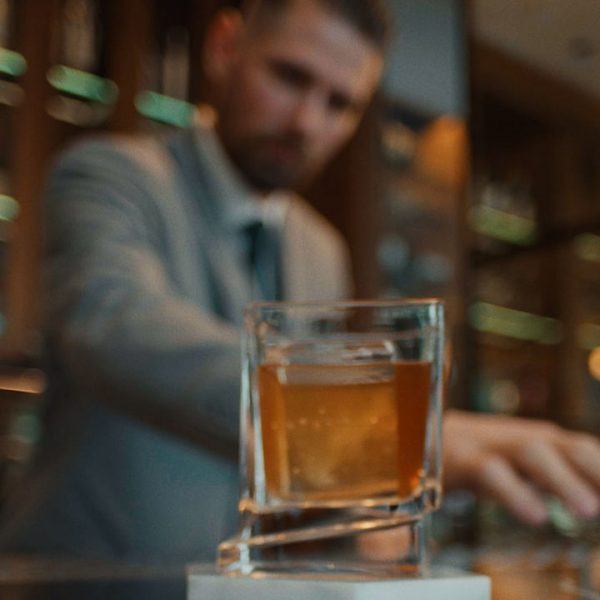Numbers Game: 8 ways to Ensure Your Bar Design isn’t Costing you Money
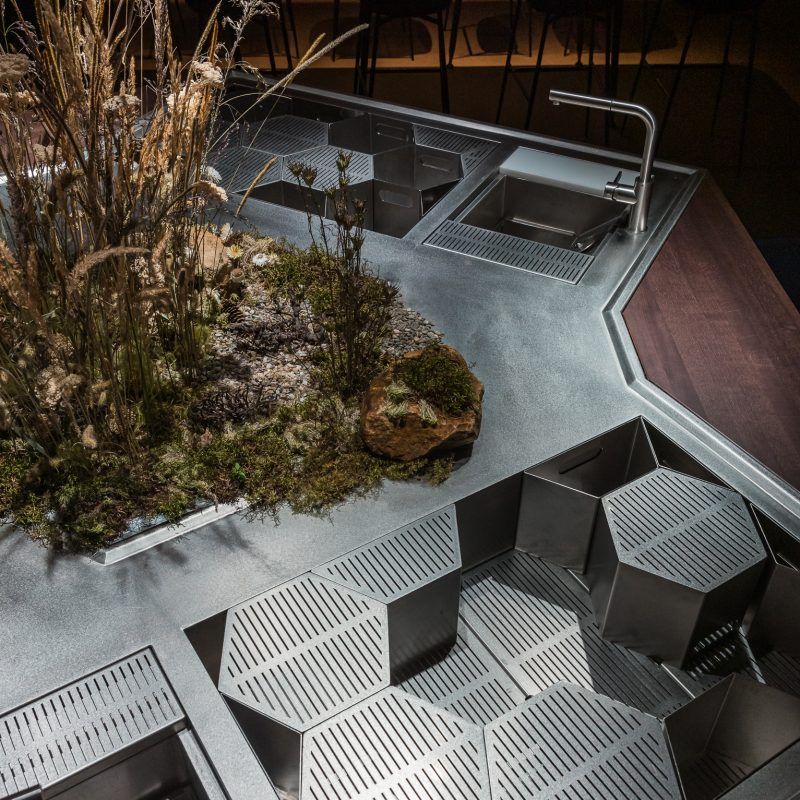
They say the devil is in the details. And when considering how to design your bar, looking at the minutia is just as important as your big picture plans. We spoke to the experts about keeping on top of your glassware needs, building your bar around your business plan and considering how ice can impact your costs
(Thanks to Carina Soto Velasquez, co-founder of Quixotic Projects; Samantha MacRae, creative director and partner at Beyond Bars; Charly Aguinsky, co-owner of Tres Monos; GN Chan, co-founder of Double Chicken Please; and Micah Melton, beverage director at The Aviary.)
1. Build your bar around your business plan – Don’t just design your bar and then think about how you can realistically run your business. Think about how many people you can have seated and standing and realistically how many bartenders and floor staff you can afford based on your costs and this will help you determine how you want to build your bar.
2. Choose your bar materials carefully – Sure, a certain type of material – copper, stone, wood – looks good but looking after it properly is key if you don’t want to have to spend more money replacing it further down the line. “A lot of materials degrade over time,” explains MacRae. It could be visual thing with a copper drip tray beginning to oxidise or stone staining or becoming damaged because of a chemical reaction with citrus juice.” There’s also the danger of things like powder coating chipping and ending up in ice trays, she warns.
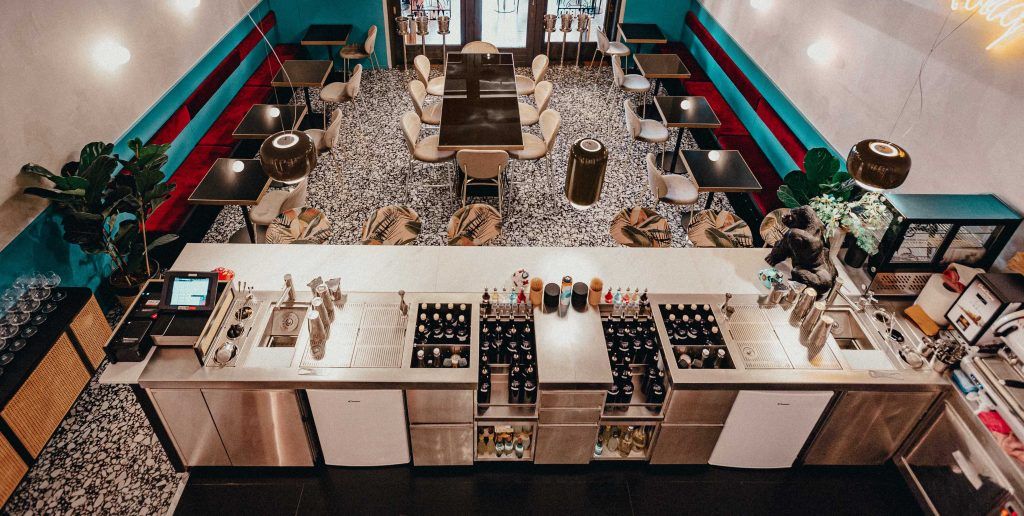
3. Keep on top of your glassware – Glassware comes with a multitude of considerations when running your bar. Having twice the amount of glassware on site than what you need for service is a sensible way of accounting for breakages, customer surges and the interchanging of popular drinks. Having a cohort of Nick and Noras, coupe, tumbler and highball glasses on hand will cover most classics and a rotation of custom glassware can service your more signature cocktails. Try and eradicate any chances for substituting glassware as this will avoid any tampering of drinks specs which could result in over pouring and undercharging. Bars like The Aviary don’t allow guests to order off menu, meaning every drink has its own allocated glassware. Be sure to think about what will wash well in a dishwasher and which will need to be more delicately hand washed too.
4. If you’re buying ice, add it into your cocktail price – For some bars, making their own ice just isn’t an option – Tres Monos, for example, goes through 700/800 pieces of ice per day. That’s why it’s important to make sure that the cost of your cocktail reflects the price of your ice. On average, Aguinsky attributes 25% of the entire drink’s cost to the ice. At Candelaria, Velasquez goes for the hybrid option of buying ice for serving in the cocktails, but making their own for shaking.
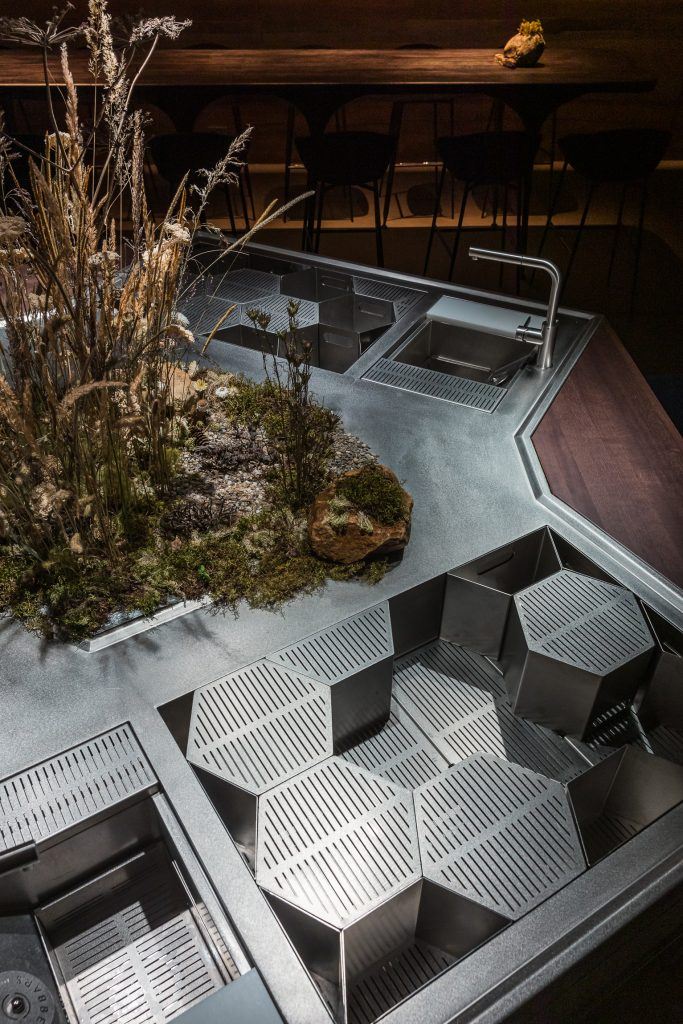
5. Educate your guest on liquid vs ice perception – Ice programmes across the industry are getting more and more refined but educating your consumer about why they’re paying more for that big piece of ice in their glass is something bar owners need to address if they don’t want to alienate customers. “Some people that buy our drinks don’t quite understand yet,” says Aguinsky of the ice debacle. “They get the best service and then they give you one star on Google because the size of the ice was too large.” In order to combat this issue, Tres Monos is about to launch a social media video campaign explaining to consumers how and why ice is served in their drinks. “It’s our responsibility to keep educating the audience.”
6. Make your customer as self-sufficient as possible – There are a lot of parts of your service that can be streamlined if you give your guest the knowledge they need to move around your space autonomously (within reason, of course), Chan points out. Making it clear when they arrive where the bathrooms are, giving guests the option of looking at a digital menu (which you can also include more information on) and explaining how your bar operates (timings, food options, etc) as soon as they sit down will prevent them from slowing down your service later on with questions.
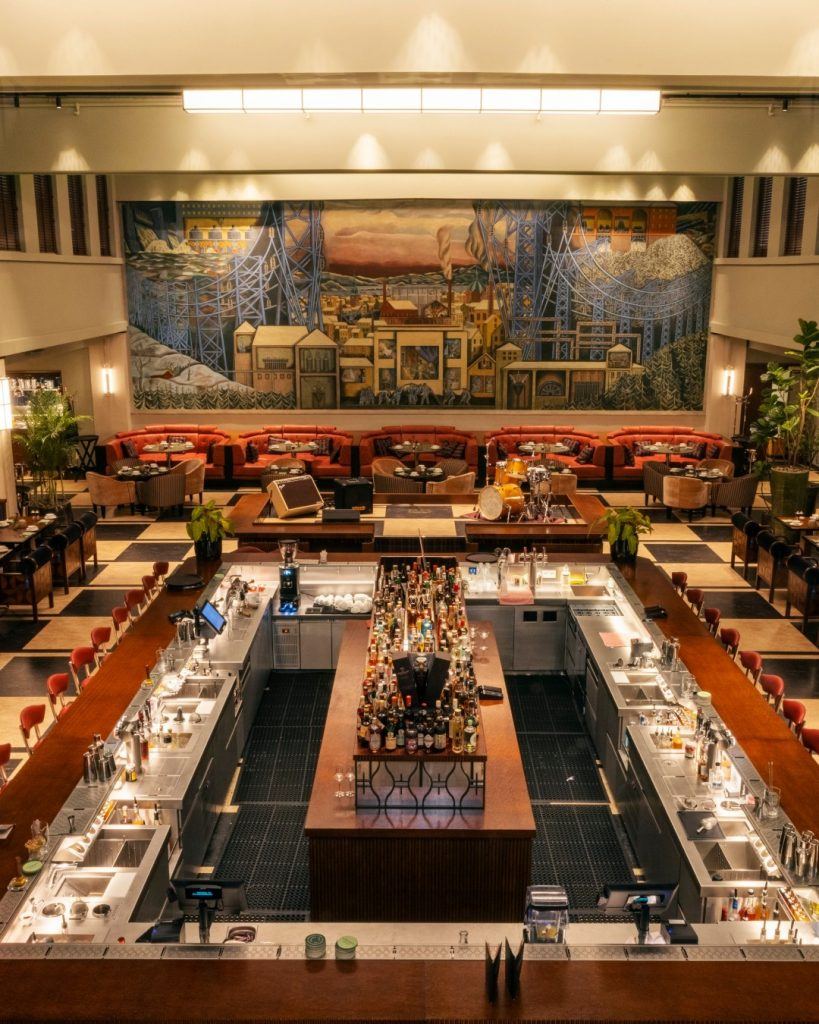
7. Do your equipment research – It isn’t by any means the most thrilling element of a bar owner’s job but doing your research on your fridges, freezers, dishwashers and any other energy-fuelled appliances can be hugely beneficial when it comes to your bottom line, says Velasquez. Also think beyond how much electricity or water they might use but also how loud they are, how often they can be serviced and how much space they are going to take up in your bar vs what volume you actually need. And don’t forget to bear in mind how they play into your larger operations plans – who will be using them and when.
8. Big groups don’t always mean big money – When it comes to your max seating or booking size you need to bear a couple of things in mind, says Chan. “At the beginning we accepted bigger groups of 10-12 people, but we want to serve every drink together and that slows everything down, so the bigger groups don’t necessarily equal more money.” So, the team changed to a maximum booking for eight. Larger groups may also wait for all its members to finish their drinks before ordering another round, while with smaller groups the opportunity for slower ordering is lessened.
Millie Milliken
Want the bigger picture about how good bar design can impact your bar’s profitability? Click here

